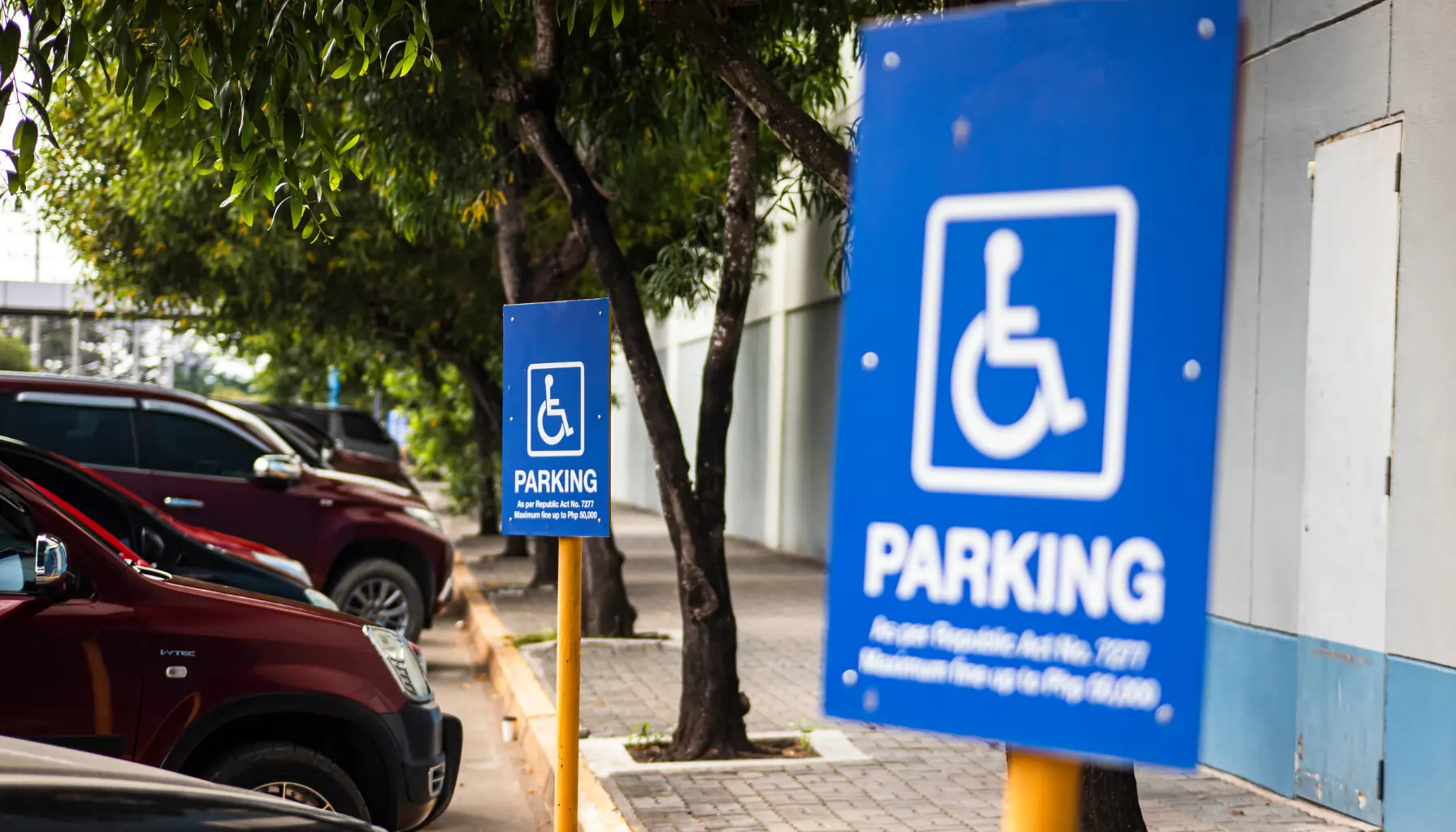
Thousands of Ontario businesses missing accessibility deadlines have aimed at making the province accessible by 2025, but the government isn’t using all its resources to crack down on them.
Some 65 per cent of businesses with at least 20 employees did not file mandatory accessibility reports due in 2012, provincial documents disclosed to a disability advocacy organization through a freedom of information request revealed. They also show that 58 per cent did not file compliance reports due at the end of 2014.
The reports are part of legislation undertaken by the province to develop, implement and enforce accessibility standards for goods, services, facilities, accommodations, employment and buildings by 2025.
“It is enormously frustrating,” said Toronto lawyer David Lepofsky, who filed the requests on behalf of the Accessibility for Ontarians with Disabilities Act (AODA) Alliance. “At the rate we are going at now, I don’t think we will ever reach full accessibility.”
Part of his frustration stems from a cache of money the government has available to use on compliance enforcement, but hasn’t.
Last year’s unspent total reached $1.3 million.
“They have the power to do the enforcing and the money to do the enforcing and yet we have rampant non-compliance and unspent money,” said Lepofsky. “It’s one thing for a government to say we would love to do more but we don’t have the money, but they are not doing more and they have the money . . . ”
But Economic Development Minister Brad Duguid refused to equate having unspent money with a lack of progress.
“To suggest that because you don’t spend every last dime in your budget, you’re not fulfilling your mandate is incorrect,” he fired back at Lepofsky.
“We are fulfilling our mandate, but there are times you can do that and come in under budget.”
Compliance rates, he told the Star, have already jumped to 40 per cent from 20 per cent and the government has taken on ambitious projects aimed at increasing awareness.
“Mr. Lepofsky’s view seems to be that enforcement is the only thing that really matters and that we should be putting every last penny into enforcement,” Dugid told the Star.
“We have 400,000-plus businesses operating in Ontario and if we would take the approach that enforcement is our only tool to get compliance, I would need a force probably 10 times the size of the Toronto police force to be able to do it effectively.”
Duguid conceded that the progress made so far “is nowhere near where we are satisfied and where we think we ought to be,” but maintained that “we have done more in the last 12 months on accessibility than I would suggest any government probably in North America.”
In February, however, he revealed the government would be conducting 1,200 “compliance activities” in 2015 — less than the 2,000 completed last year and 1,900 the year before.
An independent review earlier in the year criticized AODA regulations as too weak and confusing.
“(The) premier should explicitly and prominently direct all ministries to treat accessibility as a key government-wide priority,” Mayo Moran, a University of Toronto law professor, said in the report.
It echoed a 2010 report that also cast doubt on the province’s accessibility efforts, calling for “more focused attention at the highest levels of government.”
Despite the criticism, Duguid maintained that the province is well on its way to reaching the 2025 goal.
He said, “We are headed in the right direction.”
Source – thestar







